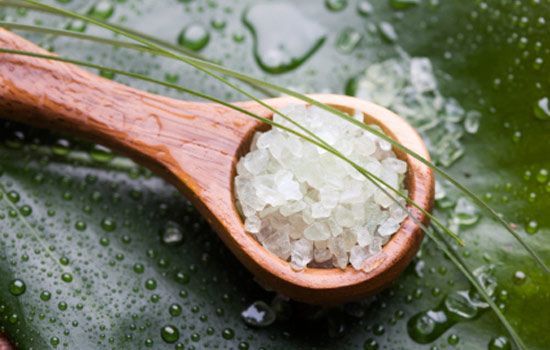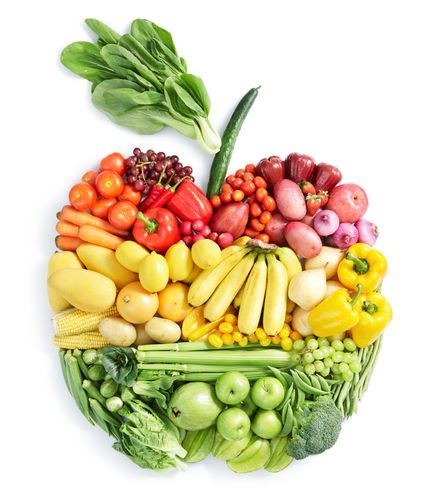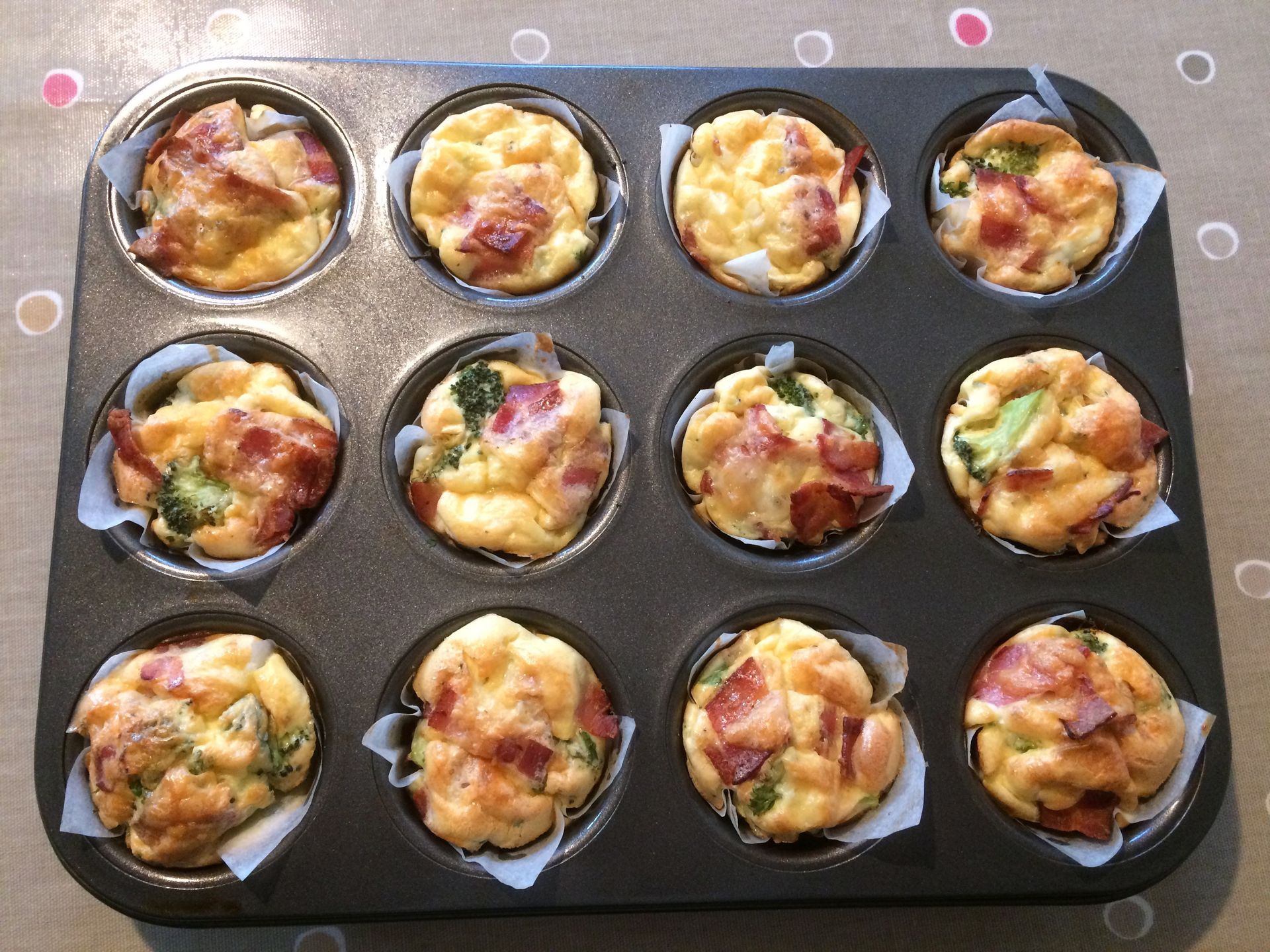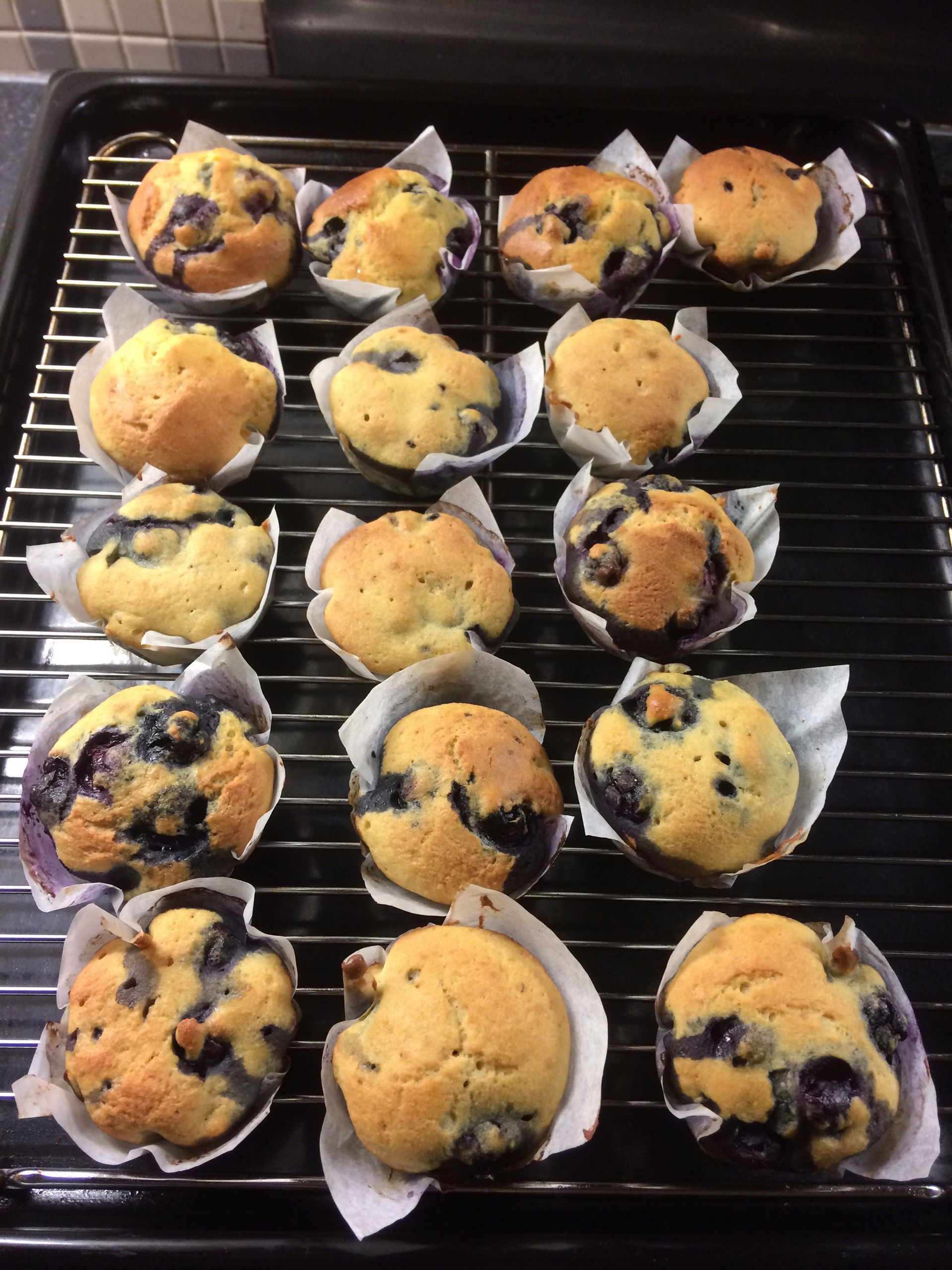Dark and feisty ginger bread
I have been getting good feedback on this ginger bread so thought I would share the recipe. I adapted a Hemsley and Hemsley recipe to reduce the carbs, and reduced the almond flour and added coconut flour for a low oxalate version
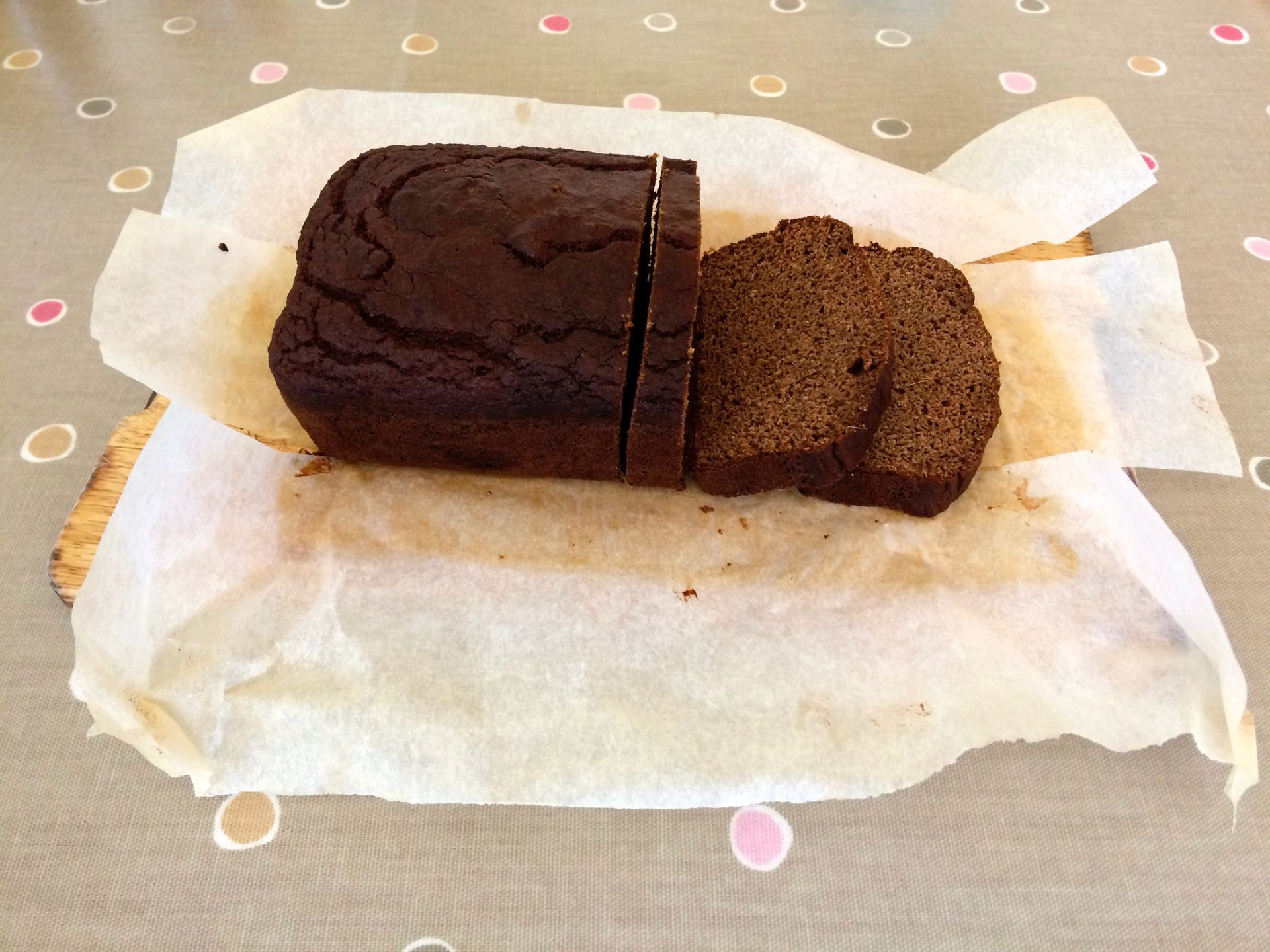
Ingredients
Serves Makes 1 loaf in a 9" x 5" bread pan
50g grass fed butter, melted
1 large green or 2 small green banana
1 tbsp of pure maple syrup
2 tbsp black treacle or molasses
⅓ tsp of allspice
¼ tsp of ground nutmeg
2 tbsp of ground ginger – yes the cake can handle it aslong as you can!
2 tsp of ground cinnamon
1 tsp of vanilla extract
5 medium eggs
1 pinch of sea salt
½ tsp of bicarbonate of soda
30g coconut flour
50g ground almonds
25g ground flaxseed (if you don't have a food processor/blender just use it whole)
20g fresh peeled ginger, finely grated - essential for extra kick!
Method:
1.Preheat oven to 170C.
2. Melt the butter in a small saucepan, add the maple syrup, treacle/ molasses and stir until mixed. Allow cooling slightly.
3. In a mixing bowl mash the bananas to a pulp with a fork. Add the, spices, vanilla, eggs, salt and bicarbonate of soda. Mix well with a whisk.
4. Add the coconut flour, almond flour, ground/whole flaxseed, and butter/ treacle mix and mix thoroughly. Or put all the ingredients into a blender or food processor – the texture will be smoother.
5. Line the tin bread tin (9″x5″) with greaseproof baking paper.
6. Pour the batter into the tin and bake for 45 mins at 170C, a skewer inserted into the centre should come out dry. Cover the top with baking paper after an 30 mins to stop the top from burning.
7. Remove from the oven and allow to cool a little. Serve warm or at room temperature on its own or with some lightly salted butter.
8. Store the bread covered in the fridge (remember there is no sugar or preservatives!) for up to a week or slice and freeze – that way you can have a slice at a time.
Jul 1, 2018
